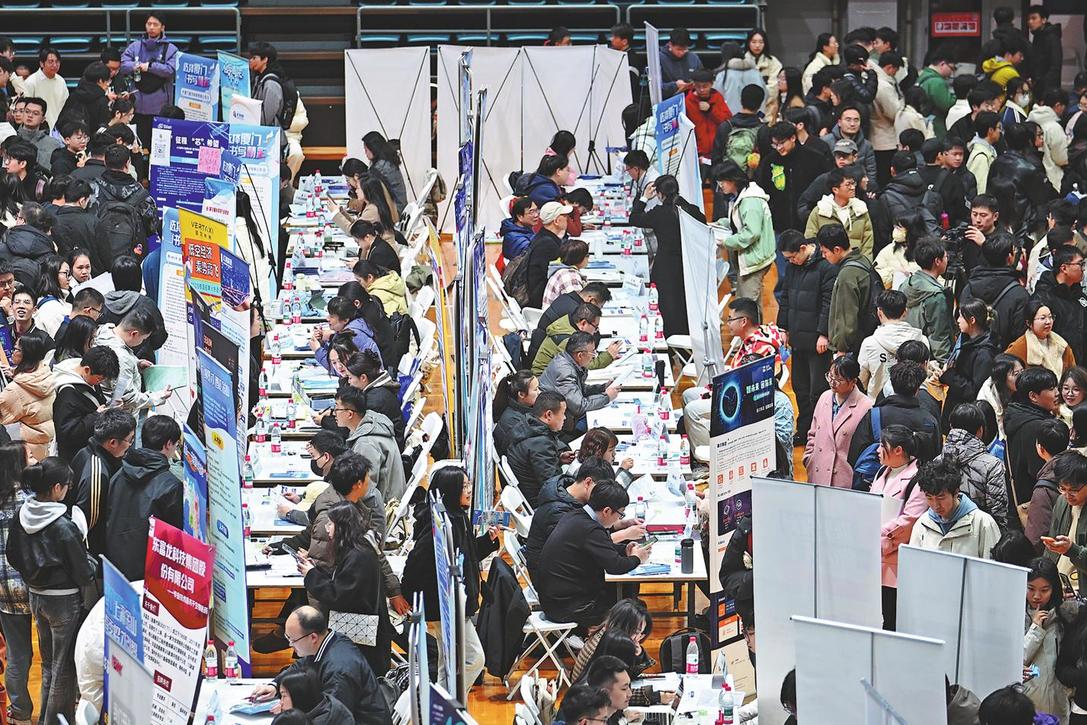Graffiti works win a wider audience
By Li Yingxue | China Daily | Updated: 2019-04-23 08:48

He and his team, Tryken Crew, used to search the streets to find walls to paint on, usually those of shops, not private homes. Sometimes chengguan (urban patrol officers) and shop owners would visit them together.
"We would explain to them what we were doing, and we would remove the art immediately. They usually understood our intentions, and we also understood that it was their duty to tell us to erase our work," he said.
Now housed in a studio in a culture park in Ningbo, they can paint on nearly all the walls after asking permission from the park management.
Graffiti created without approval is not allowed in Chinese cities. When discovered, such work is often erased by cleaning crews. But in some areas, such as cultural parks, creative zones and entertainment districts, a growing tolerance toward graffiti is emerging.
First appearance
Finding a wall on which to work is the first step for a graffiti artist. For 10 years, Chen Yang, 27, from Jiaxing, Zhejiang, has ridden his electric bicycle around the city to locate suitable sites.
He prefers abandoned buildings awaiting demolition. Sometimes, he paints over an existing work, declaring such an act a "declaration of war".
"If you think others' work is not good enough, you can cover it with your own painting, but you need to do a better job. You need to think hard, and your art has to be more creative. The competitive element is the fun part of street art," he said.
Ye Shu, a Beijing street artist, said graffiti first appeared in the city at the end of the 1990s. In 2010, he and his team, Abs, started to paint graffiti on walls along Jingmi Road in Chaoyang district.
The walls along the road, which extend for more than 1 kilometer, are now almost all covered with colorful and funky graffiti works. The team's work can also be found in Chaoyang's 22 Art District, a new graffiti hotspot.
In 2017, walls along Jiulongshan road in this art district were painted by street artists from around the world.
The 798 Art District, a popular area showcasing contemporary Chinese art, is also home to graffiti. Ye said street artists have to ask the management team for permission before painting on the walls in the zone.
























